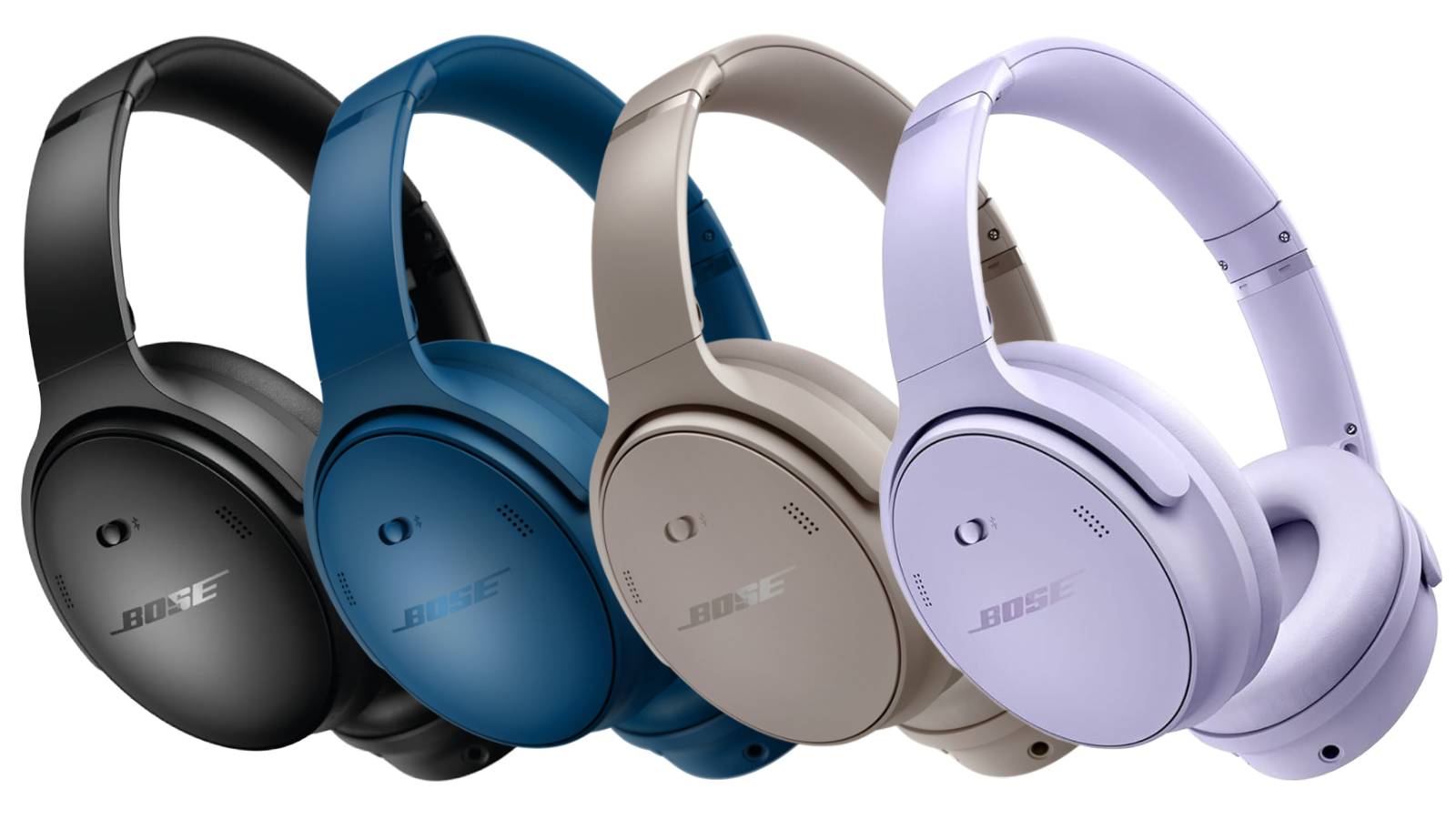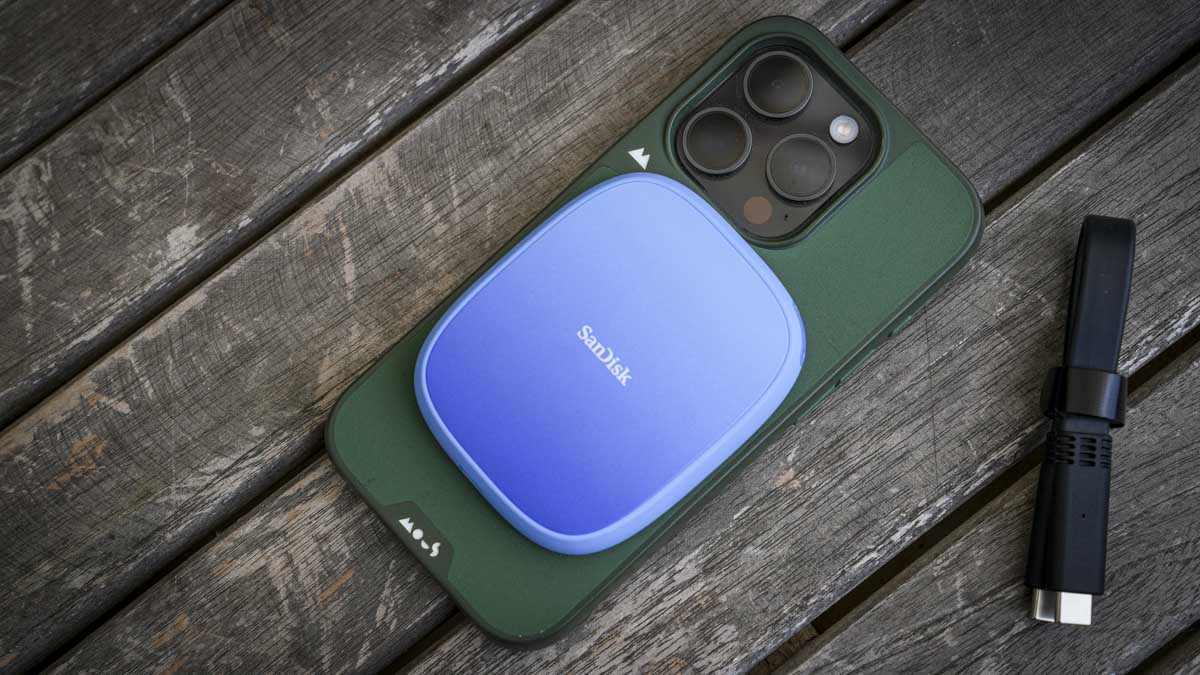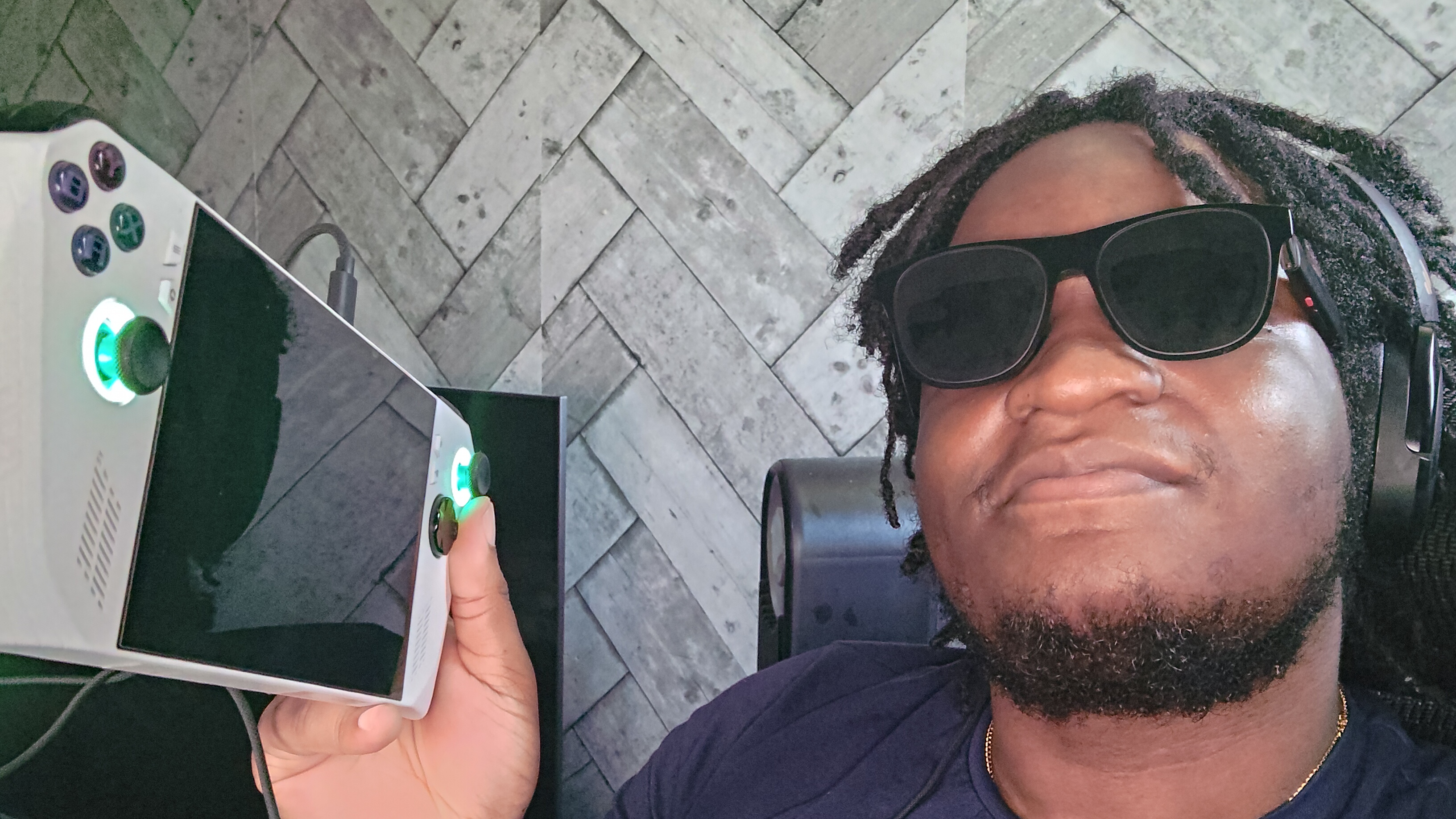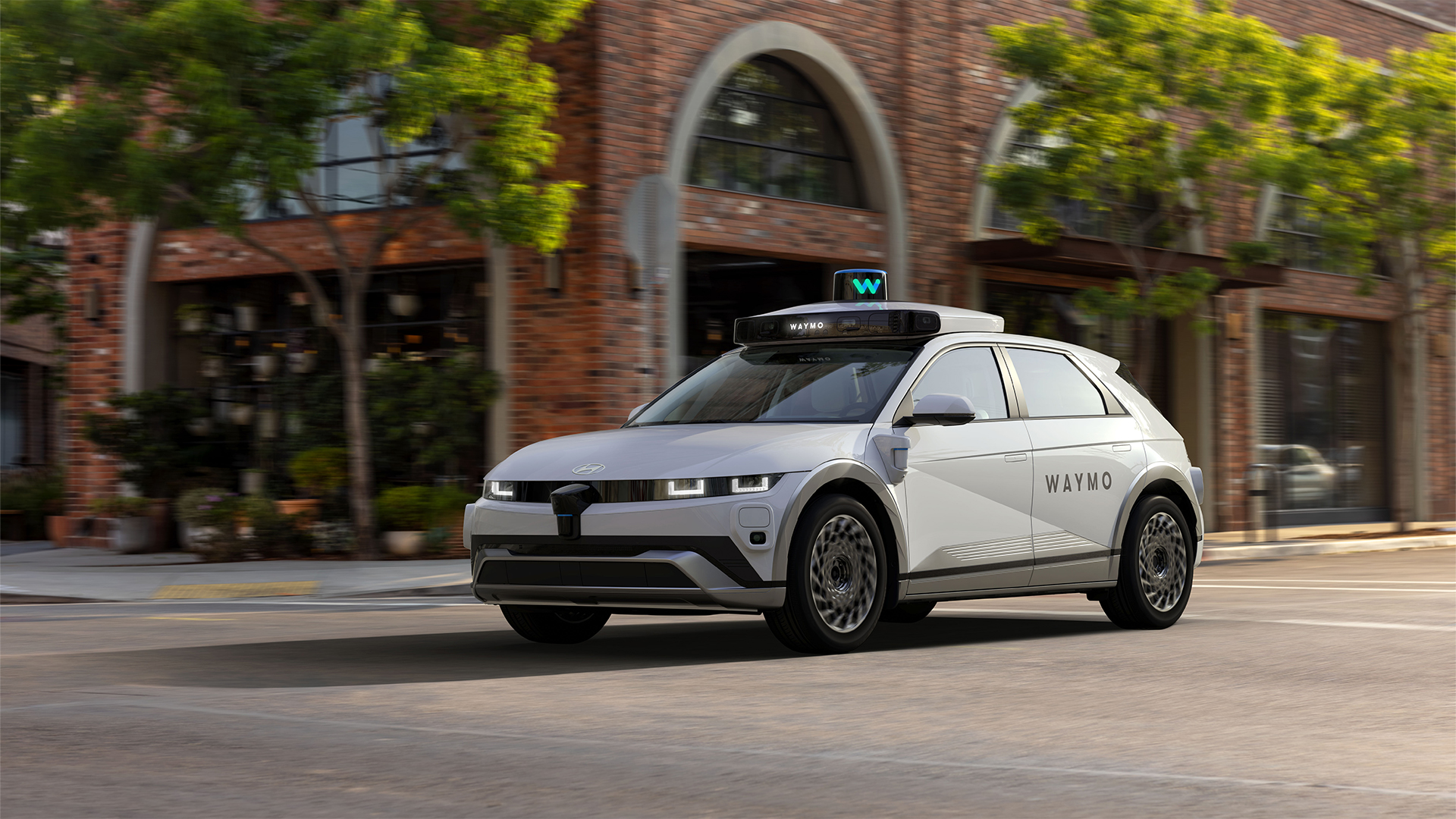They say fortune favors the bold, so why not rebel from cookie-cutter colorways and mix things up with some eye-catching tech instead? As a self-confessed color addict, I often find myself drawn to products rocking vibrant hues. But, experience has taught me that looks aren't everything, and no matter how pretty something may be, I'll soon tire of it if it proves inefficient.
To save others the trial and error, I've collated a list of six of our favorite products across a range of categories that not only performed well, but boast aesthetically pleasing colorways that'll satisfy those color cravings too.
Gamakay TK75 V2

The Gamakay TK75 V2 keyboard is a well-built and well-performing mechanical keyboard that offers multiple wireless connectivity modes and a good level of customization for the $89.99 / £75 / $AU148 price tag.
Our reviewer was impressed by the performance of the Pegasus switches, describing them as ultra-quiet and smooth, while still providing a good level of feedback. He also appreciated the silky-smooth feel of the PBT keycaps, which range in color from white, like the rest of the body, to pale blue, teal, and black.
If I could have things my way, all of the best keyboards would have RGB lighting, so I appreciate the vivid RGB backlighting on the TK75 V2, and I’m loving that the extra vibrancy from the independently adjustable RGB light bar that lives toward the right-hand end of the keyboard.
The Gamakay TK75 V2 also has a novel little feature similar to others I’ve seen appearing on the market, namely a teeny little screen that’s nestled between the up and right arrow buttons, which is capable of showing colorful little images or GIFs.
For the down-low on this bright and beautiful keyboard, check out our Gamakay TK75 review.
Bose QuietComfort headphones

The Bose QuietComfort headphones are a personal favorite of mine, and I wear my black pair almost every day. I was almost tempted away by a pale pink pair of Edifiers, but I quickly learned that the difference in fit and performance just wasn’t going to be enough for me to make the switch.
Bose's QuietComfort Headphones have a list price of $349 / £349.95 / AU$549.95 and come in a wide range of colors, including black, white, sandstone, lilac, and three different blues, although the paler Moonstone Blue looks to only be available from Amazon US. There’s also a pretty Petal Pink model, but sadly for those of us in the UK, this color seems to only be available in the US and Australia.
The button controls on the QuietComforts are simple but satisfying, so I’ve not encountered any issues when skipping tracks or switching between noise-cancelling modes when on the move. Speaking of the ANC, it was rated excellent by our reviewer, and I agree completely, as it serves me well whenever I need to focus in a busy office, and it effectively filters out ambient sounds from noisy public transport.
Bose states that the QuietComforts have a battery life of 24 hours, though our reviewer managed to get closer to 26 hours during testing, and I’ve personally not needed to charge my pair up that often, considering the amount I use them.
If you’re looking for a pair of headphones that are as well-performing as they are pretty, I strongly suggest you give these a try. I recommend checking out our full Bose QuietComfort headphones review for a more in-depth analysis.
Govee Neon Rope Light 2

I review a lot of smart lights, and I have lots of them in my home. Some are set to white for practical use, but most are programmed to brighten my space as a colorful dopamine boost.
The Govee Neon Rope Light 2 brings something a little different to the table, however. It isn’t a smart light one would buy just to add a bit of ambient color; it’s designed to make a statement, and it succeeds. It comes in white or black, and has a list price of $69.99 / £79.99 for the 9.8ft / 3m model, and $99.99 /£99.99 for the 16.4ft / 5m model.
This isn’t the only smart light of this kind, but the incredible level of customization that’s on offer within the intuitive Govee Home app makes it a very good example. You can customize the Neon Rope Light 2 by picking your own color palette and applying it over the entire rope light or curating it in segments. Alternatively, you can make the most of the many pre-existing color palettes or explore the many colors and lighting effects on offer from the wide range of scenes.
Though it’s perfect for creating a vibrant and eye-catching neon sign, the variable temperature and brightness levels mean it can also be used more subtly to highlight a particular feature or artwork.
If you’d like to learn more about all the fun features on offer, why not have a read of my full Govee Neon Rope Light 2 review?
Dyson Supersonic Nural

If someone had pitched the idea of a turquoise and orange hairdryer in the past, I’m fairly certain I would have raised an eyebrow, but I really can’t get enough of the Ceramic patina and topaz colorway, and the darker Vinca blue patina and topaz is pretty blimmin’ lovely too.
The price tag may be hefty at $499.99 / £399.99 / AU$750, but we were blown away by the performance of the Dyson Supersonic Nural.
It boasts several features, including an auto-pause mode, setting preference memory for each of its five attachments, and the innovative Scalp Protect mode. Our reviewer found this mode worked well, as it automatically adjusted the Dyson Supersonic Nural’s temperature based on how far it was away from her head, without noticeably lengthening the drying time compared to her usual just-blast-it-with-hot-air approach.
Obviously, this is a big investment to make just for a colorful hairdryer, but if you have the cash to spare, then you won’t be disappointed by the performance the Dyson Supersonic Nural delivers.
If you’d like to read more about how this eye-catching hairdryer performed, take a look at our full Dyson Supersonic Nural review.
SanDisk Creator Phone SSD

Most external hard drives are bland, black rectangles, but not this boisterously blue SanDisk Creator Phone SSD, which has a list price of $99 / £99 for 1TB of storage, or $156 / £156 for 2TB.
With USB-C connectivity and a handy lanyard loop, this MagSafe-compatible SSD makes a great portable hard drive for iPhone and Android users alike. Its slimline design makes it easy to pack away, and our reviewer found that this made it one of the few portable SSDs he’d tried that actually felt comfortable when on the back of his phone.
Despite weighing just 2oz / 54g, the build quality felt solid and robust. This, combined with the rubberized edges and IP65 dust and water-proof rating, provides some added reassurance when taking it out and about, though it’s important to remember that this rating means it doesn’t qualify as fully waterproof.
According to our reviewer, the performance of the USB 3.4 Gen 2 interface was spot-on, either exceeding or coming very close to the scores we wanted to see in the benchmarking tests. The Creator Phone SSD also had no problem keeping up with the demands of capturing over 12 minutes of ProRes video footage.
While the color wasn’t to his taste, our reviewer was a fan of the Creator Phone SSD overall, and considers it to be one of the best portable SSDs, whether you’re capturing ProRes video footage or simply using it for extended storage. If you’d like to learn about this portable SSD’s performance in more detail, I recommend checking out our full SanDisk Creator Phone SSD review.
Motorola Edge 50 Neo

If you’re looking for a smartphone that makes a statement, then I think you’ll like the Motorola Edge 50 Neo. It has a list price of £399 / AU$699 (about $500), and is currently only available in the UK; however, Motorola has other colorful models in their Razr, Edge 60, and Moto G Stylus ranges.
All models of the Edge 50 feature a Pantone-curated colored case comprising pleasingly soft-to-the-touch vegan leather and a mixture of brushed and shiny-finished metallic edging. The model we reviewed was called Poinciana, which is a very eye-catching red-orange color.
When it was reviewed, the Motorola Edge 50 Neo came with the Android 14 OS installed, with the option to upgrade to Android 15. Motorola promised five Android OS upgrades and five years of security upgrades, which is good going for a phone of this price.
The 6.4-inch AMOLED display was satisfyingly bright for the price, and the colors on-screen were just as vibrant and eye-catching as its Pantone-colored casing. The Hello UI offered some useful security features and allowed for plenty of customization, too.
The cameras on offer include a 32MP front camera, a 50MP main and a 13MP ultra-wide camera, as well as a 10MP telephoto sensor, which delivered a solid performance for a mid-range phone.
If you’re looking for a lightweight mid-range phone with solid battery life that stands out from the crowd, I’d recommend taking a look at our full Motorola Edge 50 Neo review.
You might also like
- A summer essential for color fans: I tested this portable misting fan, and it immediately became my summer essential
- These computer speakers look perfect in pink: Edifier G2000 computer speakers review: mini yet mighty
from Latest from TechRadar US in News,opinion https://ift.tt/Mb5jQWk



